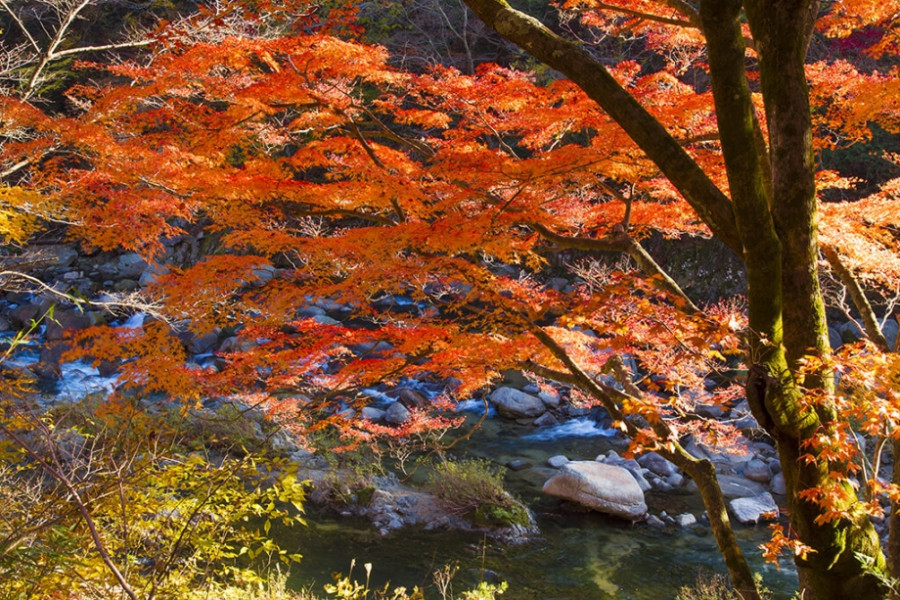
Natsuigawa Valley
Natsuigawa Valley continues 15 km along JR Ban-etsu East Line. In autumn, the train passes the valley at a slow speed so that passengers can enjoy the awesome views from its windows. The beautiful view of the waterfalls and clear streams meandering through rocks is definitely worth seeing.



